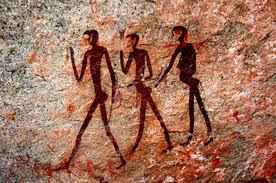Advertising and Power.
Empower is a word that used to be the haps in marketing. Now it has been replaced by “transparency” and “authenticity” in the markobabble lexicon. Being a contrarian, I look at the word empower and wonder how to use its opposite. Depower? To remove from power or to remove power. When you think about it, removing things that make a consumer’s decision hard is what advertisers try to do. By simplifying the decision for a consumer, removing all the impeding loci, it becomes easier to buy.
Are you the type of person who has a hard time deciding when looking at a restaurant dinner menu? Me too. I like duck, and pasta, a steak. So when I read the menu I’m using the descriptions to aid me. I prioritize the descriptors.
If we look at an ad as a selling device and are speaking to a consumer who must decide using many factors — factors that may not play to our product’s strong suit — we have to depower those factors. So a Coke that may be very refreshing but filled with calories and sugar, needs to depower the latter two qualities so it properly highlights the former. It’s not always about focusing on the positive attributes, the best advertising and marketing strategy sees the rest of the power grid and on all. A little like chess, no? Peace.


